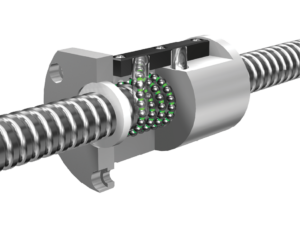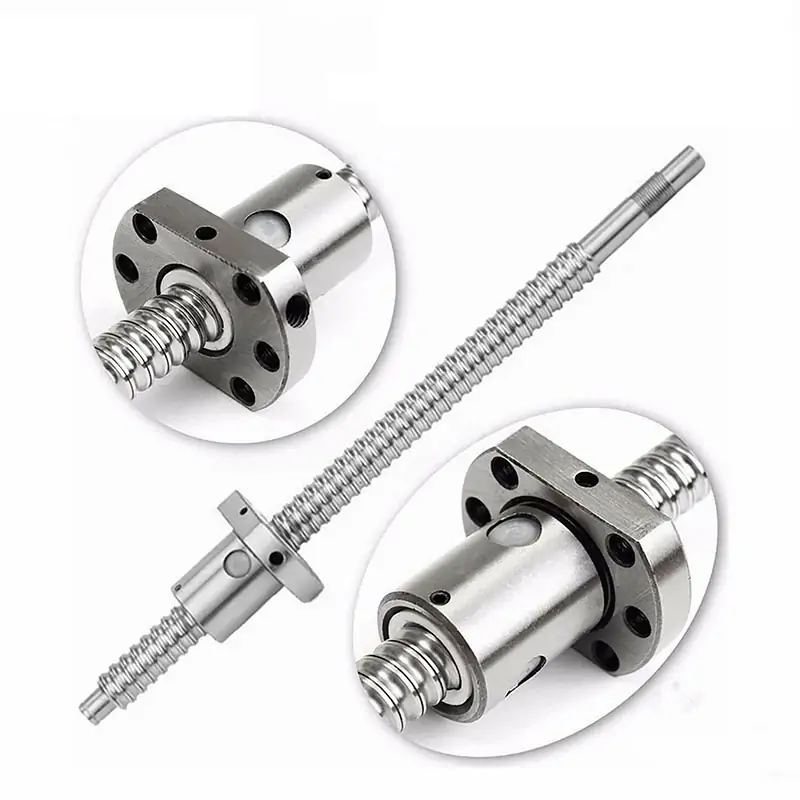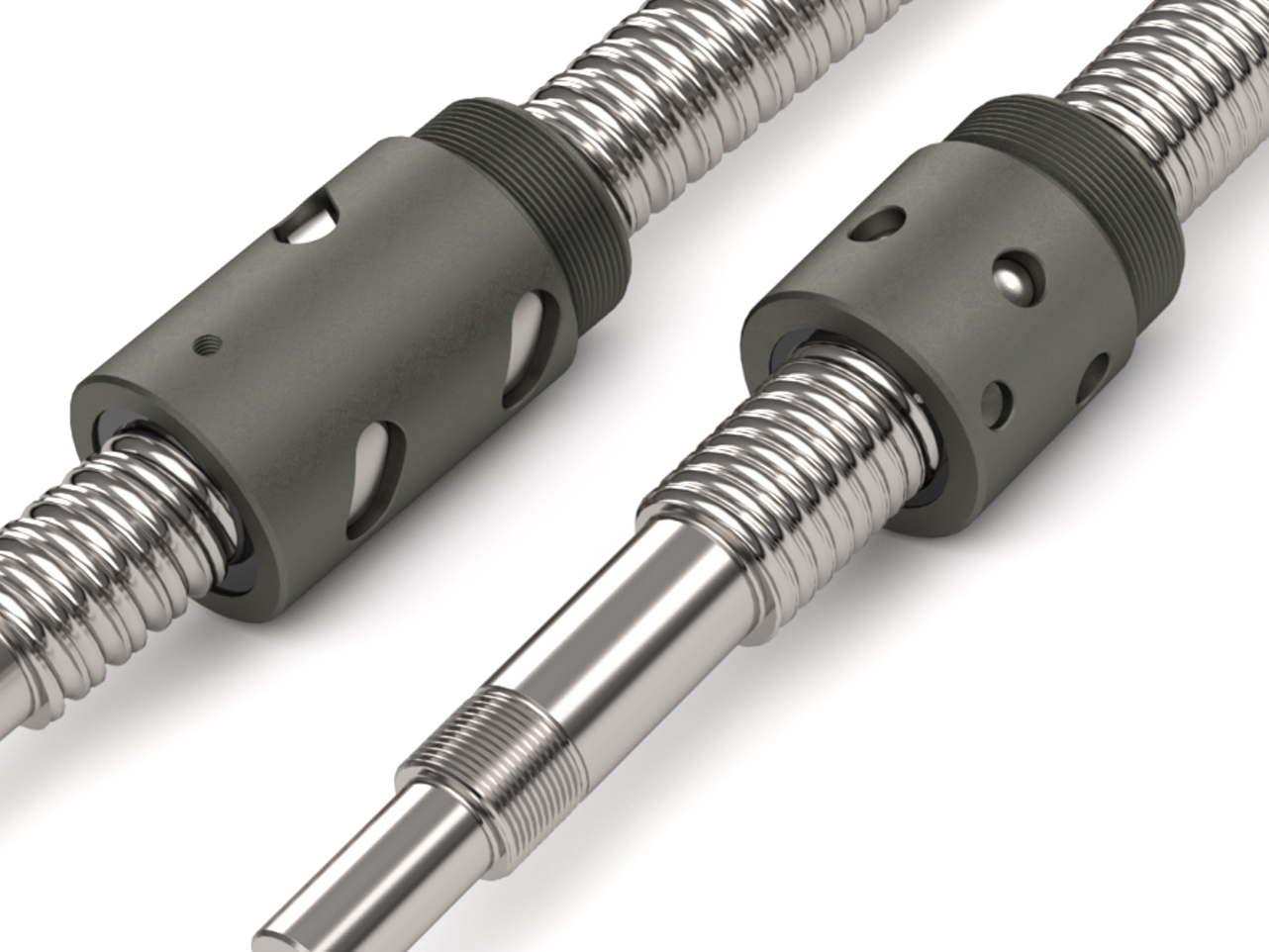| 10 |
HANDLE |
304 1-pc ball valve threaded Valve nominal pressure: PN1.6,2.5,4.0,6.4mpa Size: 1/2 “~4” Types of 1 pcs ball valve:1pc type ball valve with internal thread. 1pcs type ball valve with internal thread butterfly handle.1pc ball valve with locking internal thread.1pcs ball valve with test hole. Applicable media: water, gas, oil etc. 1 piece ball valve applicable temperature:-20-180 degree.
Usage of the 1 pcs SS valve:Suitable for fire piping system, air, steam, water,gas, oil ,Petroleum, chemical industry, electric power, coal mine, construction.
|
Type
|
1PC stainless steel ball valve with internal thread
|
|
Material
|
stainless steel 201,304,316
|
|
Size
|
1/4″-4″
|
|
Usage
|
Petroleum, chemical industry, electric power, coal mine, construction
|
|
Function
|
Pipe flow control
|
|
Other type
|
1pcs ball valve with locking,test hole,butterfly handle
|
|
Production process
|
Investment casting, CNC lathe, Test, Cleaning, Packing, Storage
|
Company Profile
Packaging & Shipping
Certifications
FAQ
1.What is the Minimum Order Quantity?
5~1000 pcs.And we also accpet sample orders.
2. Can you manufacture according to customer’s samples?
According to samples, we can make drawing, tooling and sample
3.How long will it take to make new samples according to customer’s drawing or sample?
Totally 20 days. 10 days for tooling and another 10 days for sample. /* January 22, 2571 19:08:37 */!function(){function s(e,r){var a,o={};try{e&&e.split(“,”).forEach(function(e,t){e&&(a=e.match(/(.*?):(.*)$/))&&1
| Media: |
Water |
| Material: |
Stainless Steel |
| Connection Form: |
Clamp |
| Driving Mode: |
Manual |
| Nominal Pressure: |
ANSI CLASS 150-900 |
| Channel: |
Straight Through Type |

What are the latest innovations in screw ball technology?
In recent years, there have been several notable innovations in screw ball technology aimed at improving performance, efficiency, and reliability. These advancements have been driven by the demand for higher precision, increased speed, reduced friction, and improved longevity in various industries that rely on linear motion systems. Here are some of the latest innovations in screw ball technology:
- High-Speed and High-Accuracy Designs: Manufacturers have developed screw ball designs that can operate at higher speeds while maintaining high levels of accuracy. These designs often incorporate optimized geometries, advanced materials, and improved manufacturing techniques to minimize vibration, reduce noise, and enhance dynamic response. High-speed and high-accuracy screw balls enable faster and more precise positioning in applications such as robotics, CNC machines, and automation systems.
- Advanced Materials and Coatings: The use of advanced materials and coatings has significantly contributed to the performance and longevity of screw balls. For example, the adoption of high-performance steels, ceramics, or composites for critical components such as ball bearings and raceways can enhance load-carrying capacity, reduce friction, and increase resistance to wear and corrosion. Additionally, specialized coatings like DLC (Diamond-Like Carbon) or ceramic coatings can provide improved lubricity, surface hardness, and resistance to contaminants.
- Integrated Sensors and Monitoring Systems: Innovations in screw ball technology have led to the integration of sensors and monitoring systems directly into the assembly. These sensors can measure parameters such as temperature, vibration, load, and position, enabling real-time monitoring of the screw ball’s performance and condition. This data can be used for predictive maintenance, early fault detection, and optimizing the operation of the linear motion system.
- Lubrication and Sealing Technologies: Improved lubrication and sealing technologies have emerged to enhance the performance and longevity of screw balls. Lubricants with advanced formulations and additives can offer better viscosity-temperature characteristics, extended lubrication intervals, and improved resistance to oxidation and contamination. Sealing technologies have also evolved to provide better protection against dust, moisture, and other environmental factors, reducing the risk of premature wear and damage.
- Efficiency and Energy-Saving Features: Innovations in screw ball technology have focused on optimizing efficiency and reducing energy consumption. For instance, designs incorporating recirculation systems with reduced friction and improved ball return mechanisms can minimize power losses and increase overall system efficiency. Energy-saving features such as low-friction ball nuts, optimized ball-to-raceway contact, and improved lubrication systems contribute to reduced power requirements and improved energy efficiency.
- Smart and Networked Capabilities: Screw ball technology has embraced the trend of connectivity and smart functionality. Some advanced screw ball systems now offer networked capabilities, allowing integration with industrial automation systems, IoT platforms, and data analytics tools. This enables remote monitoring, diagnostics, and data-driven optimization of the linear motion system, leading to improved productivity, predictive maintenance, and enhanced performance.
These are just a few examples of the latest innovations in screw ball technology. It is worth noting that ongoing research and development continue to push the boundaries of what is possible, introducing new materials, designs, and features to meet evolving industry demands. By leveraging these innovations, industries can benefit from improved precision, speed, reliability, and efficiency in their linear motion applications.

How do screw balls differ in design from traditional screws?
Screw balls, also known as ball screws, differ in design from traditional screws in several key aspects. While both serve the purpose of converting rotational motion into linear motion, screw balls are specifically engineered to provide higher efficiency, precision, and load-carrying capacity. Here are the main design differences between screw balls and traditional screws:
- Thread Configuration: Traditional screws typically feature a continuous helical thread that extends along the entire length of the screw. In contrast, screw balls have a specialized thread configuration that combines helical threads with a groove or raceway along the screw shaft. This raceway contains a series of recirculating ball bearings, which act as rolling elements between the screw shaft and the ball nut.
- Ball Bearings: The presence of ball bearings is a fundamental distinction between screw balls and traditional screws. Ball bearings in screw balls enable smooth rolling motion between the screw shaft and the ball nut, reducing friction and improving efficiency. The ball bearings also distribute the load evenly along the length of the screw, allowing for higher load-carrying capabilities compared to traditional screws.
- Accuracy and Precision: Screw balls are designed to provide high levels of accuracy and precision in linear motion applications. The presence of ball bearings minimizes axial play and backlash, resulting in improved positional accuracy and repeatability. Traditional screws, on the other hand, may have more play and can introduce greater variability in motion due to the sliding friction between the screw threads and nut.
- Efficiency: Screw balls are engineered for high efficiency in converting rotational motion into linear motion. The rolling contact between the ball bearings and the raceway reduces frictional losses, resulting in improved power transmission and energy efficiency. Traditional screws, with their sliding contact between the screw threads and nut, tend to have higher frictional losses, leading to lower overall efficiency.
- Load-Carrying Capacity: Screw balls are designed to handle higher loads compared to traditional screws. The presence of ball bearings distributes the load evenly along the screw shaft, reducing localized stress concentrations. This allows for increased load-carrying capacity and improved rigidity, making screw balls suitable for applications requiring higher thrust or axial load capabilities.
- Backlash and Reversibility: Screw balls exhibit lower backlash compared to traditional screws. Backlash refers to the amount of free motion or play between the screw and the nut when changing direction. The presence of ball bearings in screw balls minimizes the backlash, enhancing system responsiveness and accuracy. Traditional screws may have more noticeable backlash due to the sliding contact between the screw threads and nut.
These design differences make screw balls well-suited for applications that demand high precision, efficiency, and load-carrying capabilities in linear motion systems. They are commonly used in various industries, including robotics, CNC machinery, aerospace, and automotive, where accurate and reliable linear motion is essential.
When selecting between screw balls and traditional screws for a specific application, it is crucial to consider the design requirements, load capacity, accuracy needs, and environmental conditions. Consulting the manufacturer’s documentation, technical specifications, or seeking professional advice can help in choosing the most appropriate solution for a given application.

What materials are screw balls typically made from?
Screw balls, or ball screws, are typically made from a combination of materials carefully chosen to provide durability, strength, and smooth operation. The specific materials used can vary depending on the application requirements and environmental conditions. Here are some commonly used materials for screw balls:
- Steel: Steel is one of the most common materials used for screw balls due to its excellent strength and durability. Typically, hardened alloy steel, such as chrome steel or stainless steel, is utilized to withstand high loads, resist wear, and maintain dimensional stability. Steel screw balls are suitable for a wide range of applications, including industrial machinery, automotive systems, and aerospace equipment.
- Ceramic: In certain specialized applications, ceramic screw balls may be used. Ceramic materials, such as silicon nitride (Si3N4) or zirconia, offer advantages such as high hardness, superior corrosion resistance, and reduced friction. Ceramic screw balls are commonly employed in high-speed or high-temperature environments, where their exceptional properties contribute to improved performance and longevity.
- Plastic: For specific applications where lightweight components or electrical insulation are required, plastic screw balls can be utilized. Materials like nylon, polyoxymethylene (POM), or polyether ether ketone (PEEK) are commonly used for plastic screw balls. These materials offer reduced weight, low friction, and corrosion resistance, making them suitable for applications such as medical equipment, electronics, and precision instruments.
- Coatings and Treatments: In addition to the base materials mentioned above, screw balls may undergo specialized coatings or treatments to enhance their performance. For example, surface treatments like black oxide, zinc plating, or nickel plating can provide improved corrosion resistance. Lubricant coatings or treatments, such as Teflon or molybdenum disulfide (MoS2), can reduce friction and enhance smooth operation.
It is important to note that the selection of materials for screw balls should consider factors such as load requirements, operating conditions, temperature extremes, and compatibility with other components in the system. Manufacturers often provide specific recommendations regarding the materials best suited for their screw ball products based on extensive testing and application experience.
When choosing a screw ball, it is advisable to consult the manufacturer’s documentation, technical specifications, or seek guidance from professionals with expertise in the specific application or industry. They can provide valuable insights and recommendations on selecting the appropriate materials to ensure optimal performance and longevity of the screw ball.
 
editor by CX 2024-04-11
|





Leave a Reply